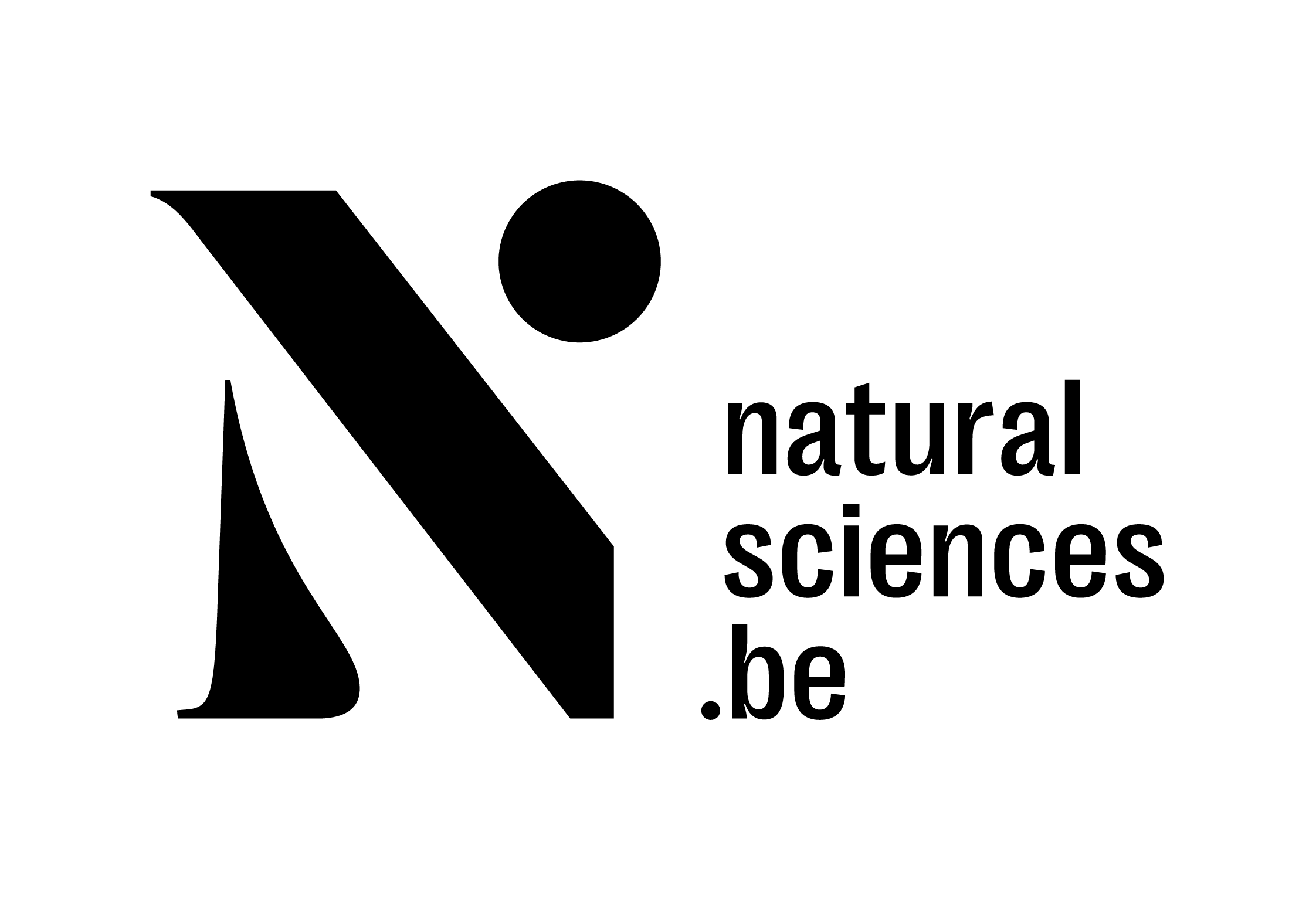Additional information
The data collected and displayed may rise questions. Indeed, some outstanding events are influencing the numbers and types of litter items surveyed on the Belgian beaches. This can be visible in the data. Additional information is provided here by Proper Strand Lopers from their experience and field observations which is relevant for the interpretation of the data.
Surveyed Beaches Locations
Belgium has 10 coast municipalities over a 67 km long coast. Each of this municipalities is represented in the survey. Many of the beaches are very touristic and even in winter, a lot of people enjoy the seaside walking along the waterfront. We have chosen our surveyed beaches locations on places where human intervention – as far as it is possible – is limited: no heavy crowded beaches, no places where surfers are crossing, no places where there is a lot of beach cleaning. This is the reason why we have switched some places in 2023-2024.
Where does the litter come from
We know that about 80% of the litter in our sea arrives via streams and ports, the other 20% is the “product” of sea or beach activity.
96% of that litter is buried on the sea bottom, 1% is floating in the water and 3% washes ashore, to join the litter that lays in and on the beach or is carried around by the wind.
Effect of windy or stormy weather and hard rain
It is obvious that weather condition impact the amount of litter we find. Fierce winds and
heavy storms have a strong influence on all matter in the sea. Predominant currents deliver
litter from the channel, but sometimes we find litter that is comes from the Atlantic Ocean,
from the shores of the Unites States or Canada.
https://focus-wtv.be/nieuws/stranden-bezaaid-met-afval-door-stormweer
Litter classification
We sort and classify the litter according to the “J-List”, described in the Joint List of Litter
Categories Manual, published by the European Commission. Each item belongs to a
category and has by this a J-number.
The major categories are:
- Plastics, representing approx.. 70% of the found items
- Rubber
- Clothing
- Paper
- Wood
- Metal
- Glass & ceramics
The survey is about items with a dimension larger than 25 mm.
The smaller items, called MESO-litter are not represented in this overview. They represent aprox. 15% of the items we find.
The classification is a group activity. Sometimes it is hard to classify the litter, we help each
other to determine the right J-code.

Works close to Middelkerke beach
A higher proportion of building & construction related litter is observed on the Middelkerke
beach in 2023 and 2024. This is caused by the demolition works of the old casino and the
building of the new one, called SILT.

https://focus-wtv.be/nieuws/middelkerke-zet-gespecialiseerde-machine-in-om-steenpuin-op-strand-te-verwijderen.
Massive collection of litter on very hot days in summertime
Once or twice a year, there is the combination of very hot weather, upcoming high tide and a lot of tourists on the beaches.
Surprisingly, many tourists are not really familiar with the tides and on a super hot day they seek cooling in the fresh water, leaving their clothes, bottles, cans and other belongings in a place that will soon be flooded.
The results are really outrageous. On such a day last summer, about 2 cubic meters of litter
were found on a strip of less than a kilometer.
https://forum.fok.nl/topic/2717446/1/999/strand-oostende-vol-met-zwerfafval-na-warmste-dag.htm

